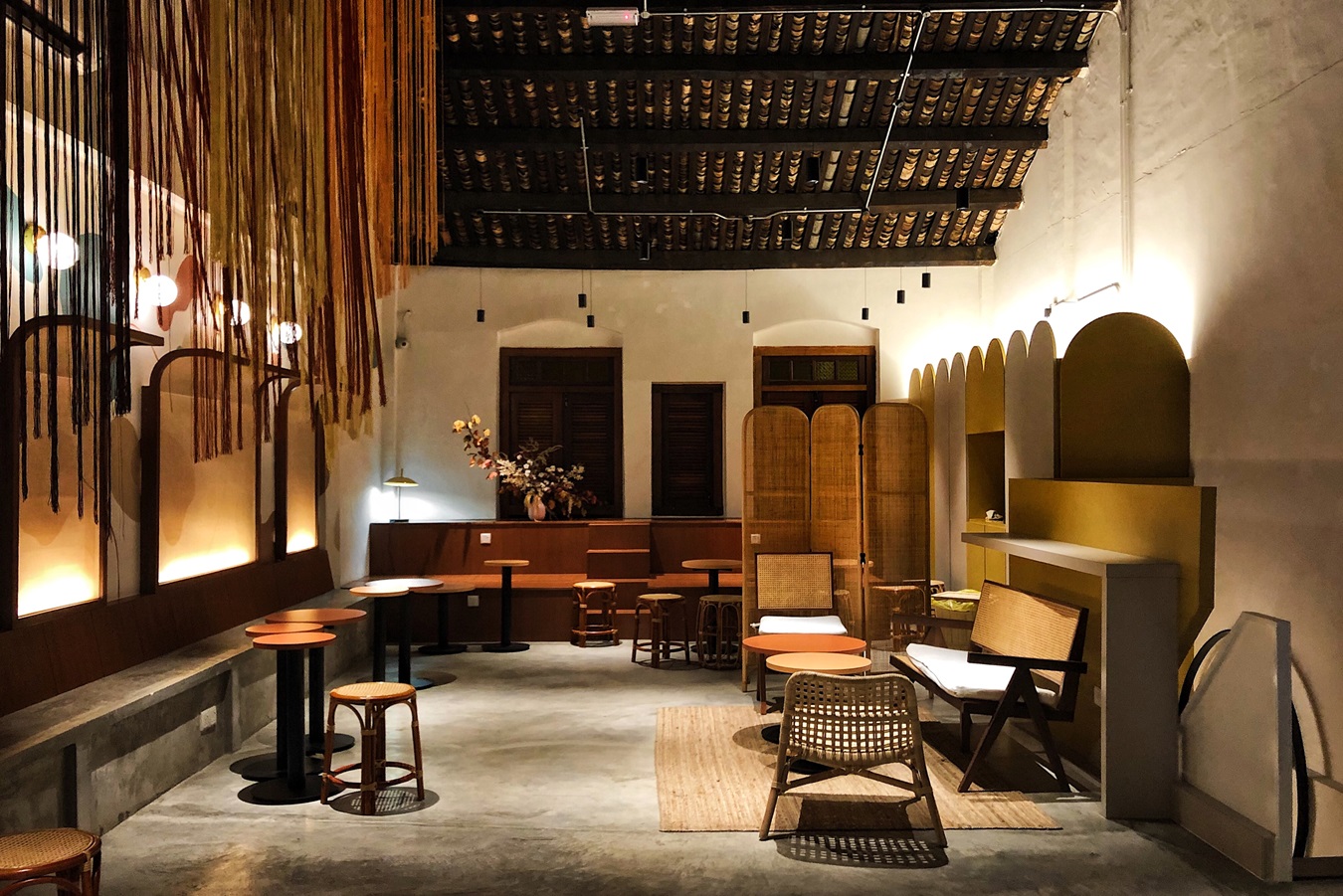 SHARE
SHARE
Confused About Handling Restaurant Rush Hours? Use Shift Middle as an Effective Strategy
Sovia
Work shifts play a crucial role in the restaurant industry. The way shifts are scheduled affects daily operations, team productivity, and employee work-life balance.
One common shift pattern in restaurants is the middle shift. This shift falls between the morning and evening shifts and plays a strategic role in ensuring smooth operations.
Let’s dive deeper into what the middle shift is all about in this article!
What Is a Middle Shift?
The middle shift refers to a work period scheduled between the morning and evening shifts. In the restaurant industry, this shift plays a vital role in maintaining smooth operations during peak transition hours.
Typically, the middle shift starts after lunchtime and ends before dinner time. With a middle shift in place, restaurants can maintain high service standards during crucial hours, especially in the late afternoon when customers start arriving in greater numbers.
The middle shift is a common scheduling strategy for restaurants that operate throughout the day. The goal is simple: to ensure seamless operations from morning to night.
When the morning shift begins to tire and the evening shift has yet to arrive, the middle shift team steps in to bridge the gap and keep service levels high.
This prevents any dip in productivity and ensures a consistent customer experience.
From the employees’ perspective, the middle shift offers flexibility, allowing them to adjust their work hours to suit personal needs.
For example, some team members may need to care for children in the morning or attend to personal commitments in the evening.
The middle shift allows them to stay productive at work without having to sacrifice their responsibilities outside the workplace. This helps maintain a healthy work-life balance.
All in all, the middle shift is an effective solution for the dynamic needs of restaurants. It not only optimizes the operational schedule but also provides flexibility for employees.
With the right planning, the middle shift can be the key to improving efficiency, maintaining service quality, and fostering a healthy work environment.
Read more: Shift Work: Challenges & Solutions for Businessman Who Have Many Outlets
Middle Shift Work Schedule
Source: freepik.com
The middle shift is a commonly used work system in the restaurant industry. Its main purpose is to ensure smooth operations during busy hours, typically from lunchtime through the evening.
Generally, the middle shift starts between 11:00 AM and 2:00 PM and ends between 7:00 PM and 10:00 PM. The exact schedule may vary depending on the restaurant’s opening hours, customer volume, and specific needs.
For instance, if an employee starts at 12:00 PM, their shift might end at 8:00 PM. Meanwhile, someone starting at 2:00 PM would likely finish around 10:00 PM. This scheduling ensures peak hours are covered without disrupting employees’ overall work balance.
The middle shift is a key solution to keeping work rhythms steady without overburdening the team, especially when restaurants are busy during lunch and dinner times.
Restaurants that use a three-shift system typically divide schedules as follows:
- Morning shift: 7:00 AM to 4:00 PM
- Middle shift: 12:00 PM to 9:00 PM
- Evening shift: 3:00 PM to 11:00 PM
For restaurants that operate 24 hours, shifts are more flexible. The middle shift often runs from 11:00 AM to 7:00 PM, adjusted to accommodate lunch and early dinner peaks.
With an organized system in place, the middle shift not only supports smoother operations but also helps maintain a healthy and productive work rhythm for employees. Adjusting work hours is key to delivering excellent service without compromising employee well-being.
Pros and Cons of the Middle Shift System
The middle shift offers a smart solution for restaurants that are busy from midday to evening. This work schedule provides several advantages, for both staff and the restaurant.
From the employee’s point of view, it allows more freedom to manage personal time. The morning can be used for rest or personal activities before work starts.
After work, there’s still some evening time available, though not as much as for morning-shift workers.
However, there are challenges to consider. The middle shift may reduce employees’ ability to engage in social activities during the evening.
Finishing work later may limit time with family or friends, which could impact their work-life balance if not managed well.
For restaurants, the middle shift offers flexibility in planning operating hours. Service levels can remain high as the crowd builds up, without overloading morning or evening teams. With well-planned schedules, workflows become more efficient.
That said, middle shift scheduling must be carefully designed to ensure a balanced workload. Management should also regularly assess its impact on employee satisfaction and productivity.
Read more: Functions, Benefits, and Examples of Timesheets Template for Work Efficiency
Conclusion
In the fast-paced world of restaurants, the middle shift is a strategy that can’t be overlooked. It serves as a bridge that keeps operations running smoothly.
While it does have its challenges, the benefits for efficiency, customer satisfaction, and time management are significant, when implemented effectively.
Looking to optimize your restaurant operations? Try ESB Order, an online food ordering system proven to boost transactions by up to 60% with AI-powered recommendations.
ESB Order is integrated with digital payments, vouchers, and loyalty programs. The ordering process is also 40% faster than manual systems. Elevate your restaurant operations by leveraging the right technology.
Contact the ESB team today and consult your business needs!
 SHARE
SHARE




